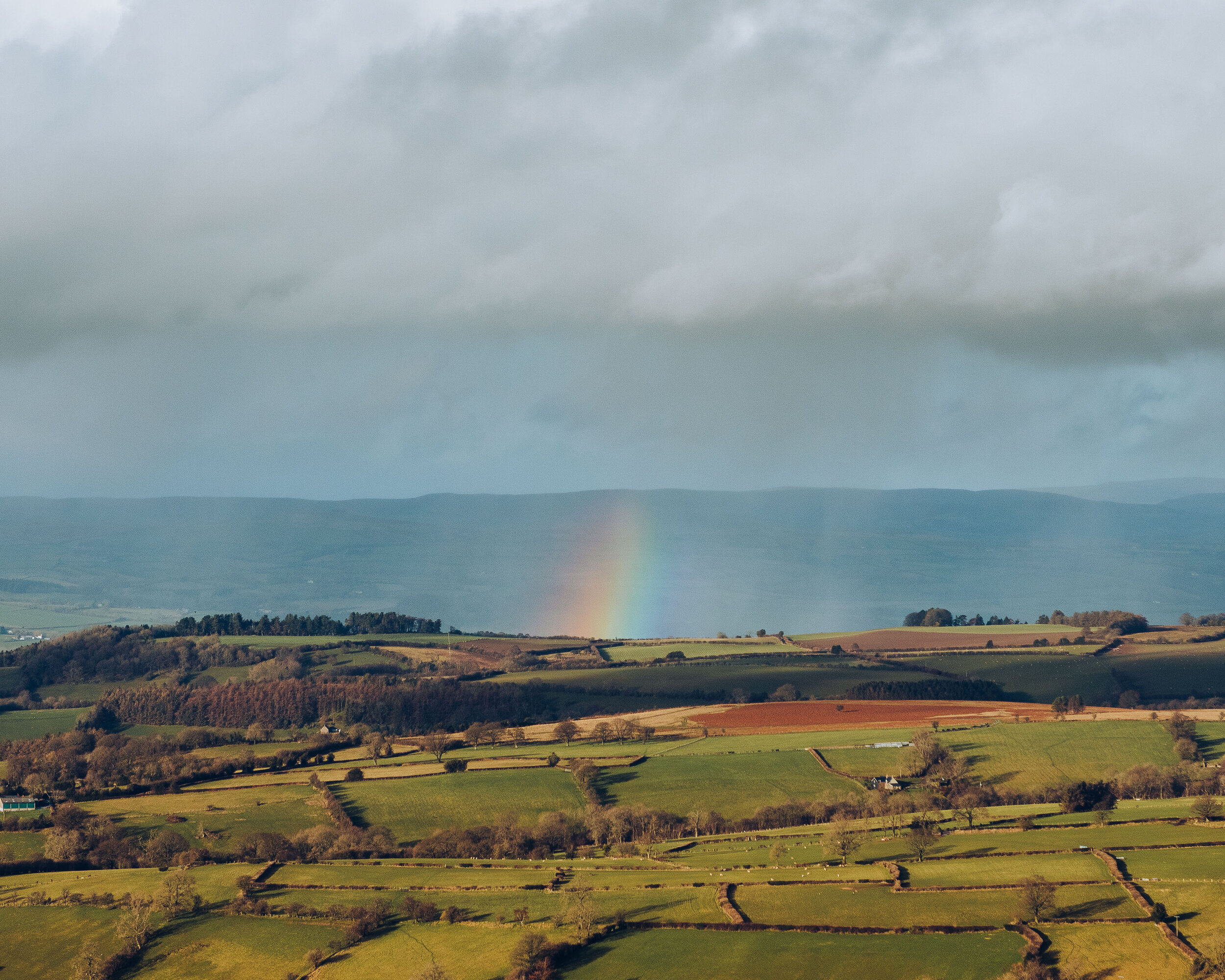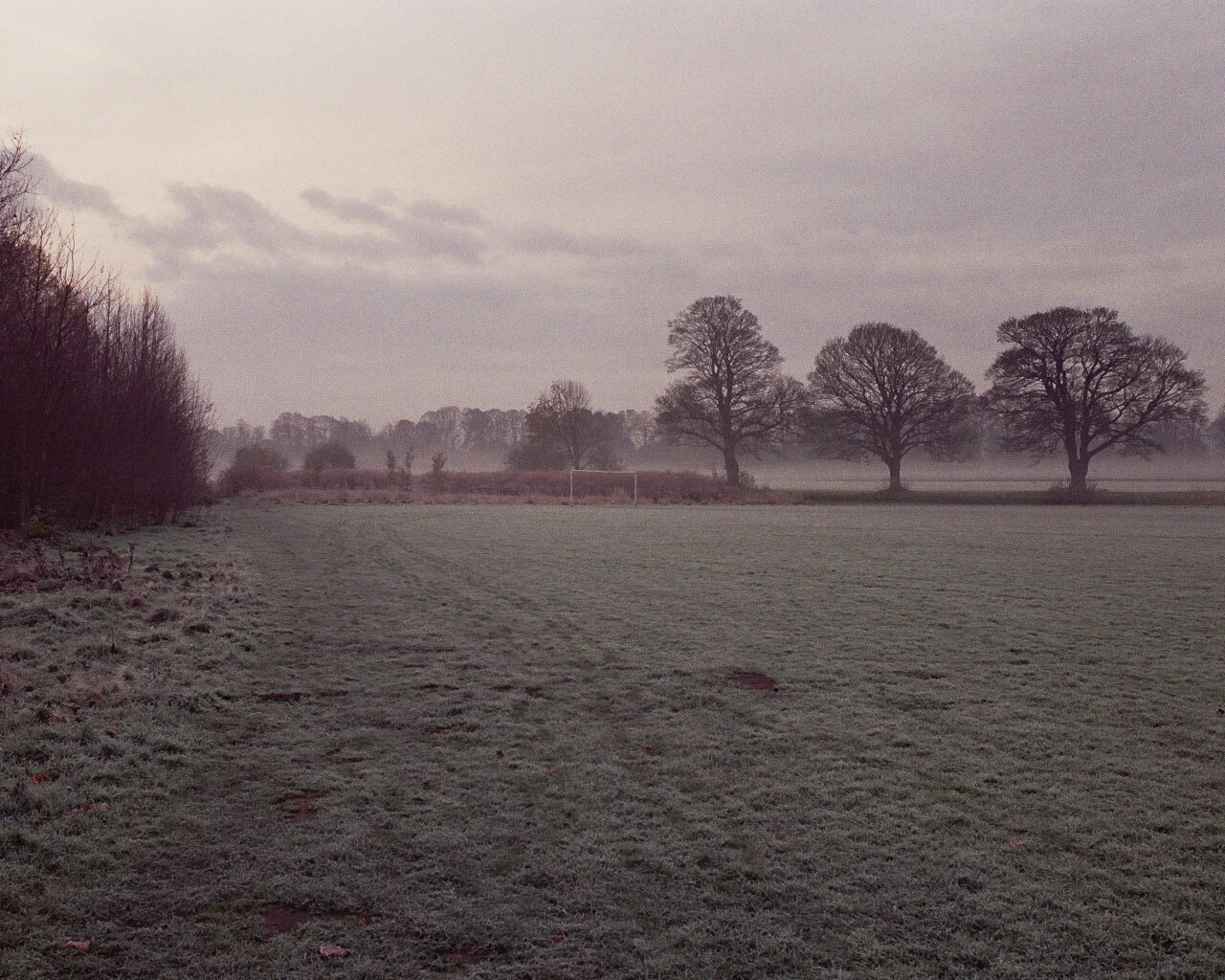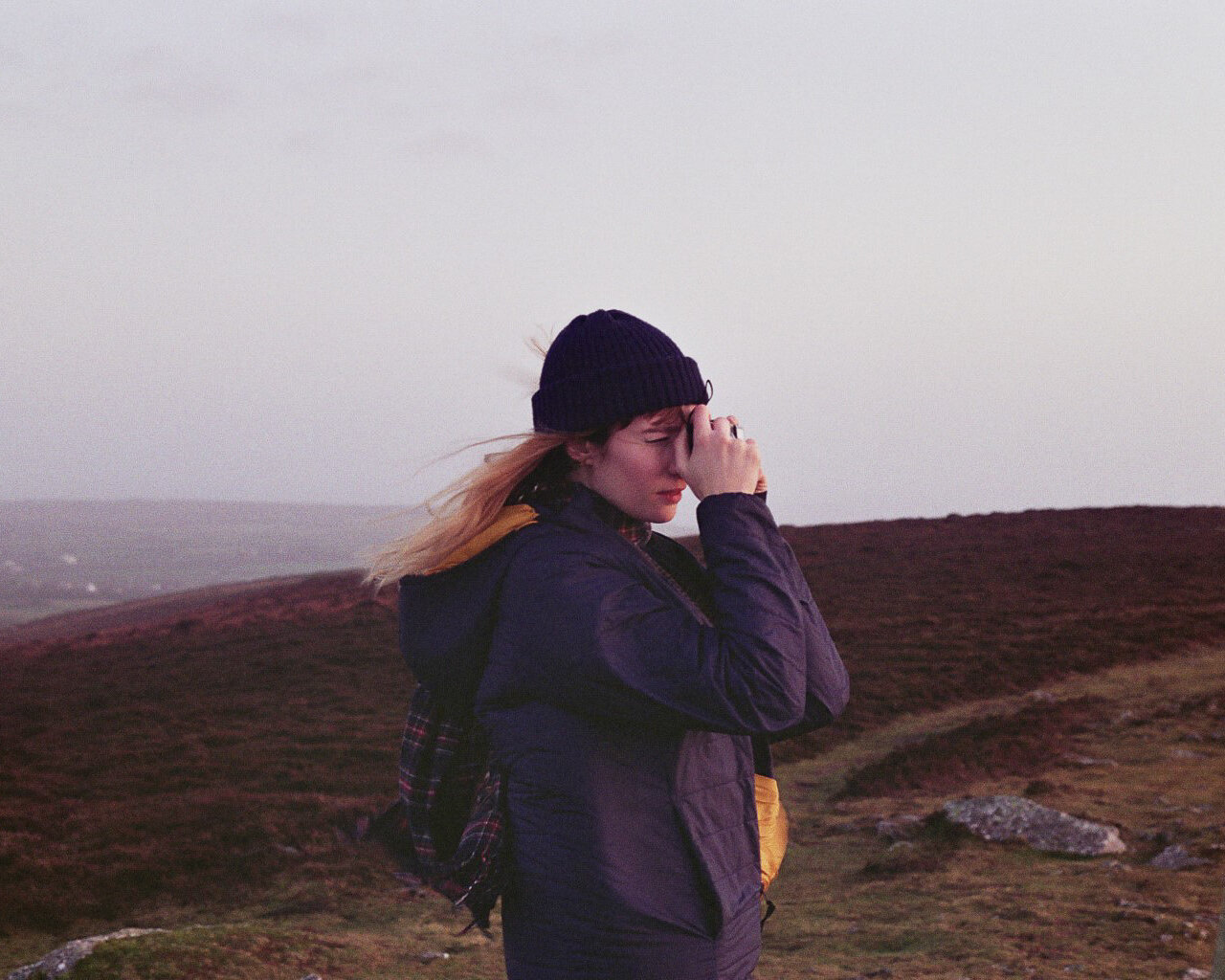‘It’s easy to feel like the day just melts away during winter, and before you realise your alive and present the day is all but over. It’s amazing what just an hour of walking in natural beauty can do for you.’
Often on a lazy Sunday with the Welsh winter weather reinforcing my reluctance, I regularly have this mental tussle ‘should I head out or not?’. I checked the weather and despite Cardiff’s skies being filled with blankets of driving rain, the weather front was passing over from the west quite quickly leaving a short window of clear skies for the last 2 hrs of the day. However, sunset was only a few hours away and by the time I’d have jumped in the car, got some petrol, left the city and drove out to the west. With only 1hr to explore and take some photographs once I arrived. I’d be arriving just as ‘Magic Hour’ starts. Was it worth the effort? Driving a total of 3 hrs to walk around for 1 hr?
I took the gamble and setting off 100 miles to the Gower Peninsular to a hill I’d oddly never really thought of climbing. The big hill rising up from the beach at Llangennith is around 400m tall and reminds me of one of my favourite spots near St Davids Head in Pembrokeshire, Carn Llidi. Both of these coast hugging hills have ancient Neolithic burial mounds, and have the most amazing views in all directions facing the setting sun. I arrived as expected with an hour of light left. It was stunning. The visibility was perfect and the crisp clean salty air was filled with orange light.
As brief as this walk was and despite how much I hate to rush and feel like I’m against the clock, I’d made the right decision. It’s easy to feel like the day just melts away during winter and before you realise your alive and present the day is all but over. It’s amazing what just an hour of walking in natural beauty can do for you. From now on I’m committing to heading out at least once a week and posting more like this, but next time I’ll definitely be leaving earlier…




































